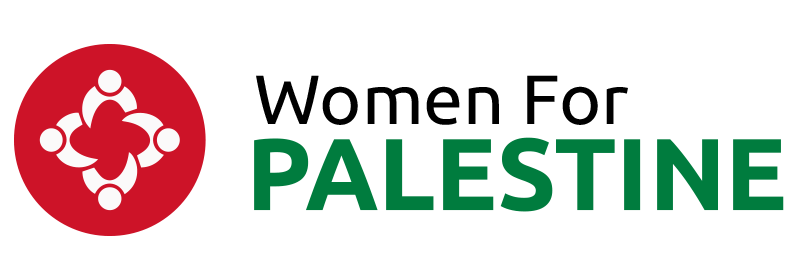In 2021, in the occupied Palestinian territory, including east Jerusalem, coronavirus disease (COVID-19) was the main cause of death, followed by cardiovascular disease and cancer. The probability of dying between the ages of 30 and 70 from select noncommunicable diseases was 26.7% compared to 8.8% in Israel. The multiple indicator cluster survey for the occupied Palestinian territory in 2019/2020 revealed inequities in the infant mortality rate. For Palestinians in the occupied Palestinian territory, it was 12 per 1000, higher for children born in refugee camps (17 per 1000), while the underfive mortality was 14 per 1000 and higher for boys (16 per 1000) than girls (12 per 1000). These figures compare to an infant mortality rate of 3 per 1000 and under-five mortality of 4 per 1000 in Israel in the same year.
During the COVID-19 pandemic, male violence increased by approximately 20% during the confinement, in line with the rest of the countries in the world where the pandemic is having negative consequences for Palestinian women socially, economically, health-wise... It is also weakening their participation in the labour market and in the political sector. Long confinement, restricted mobility, loss of the only source of income for hundreds of families and uncertainty about the future has put most Palestinian women at risk of isolation and domestic violence.
This is compounded by limited access to health care, inability to access psychosocial support, social and family protection services or justice as courts are closed as a result of the confinement. In addition, the closure of many businesses and small and medium-sized enterprises has had a direct impact on women and young people, which has led to an increase in unemployment, poverty and food insecurity.
Determinants of health continue to be profoundly affected by the ongoing occupation. The economic implications of occupation have contributed to high rates of unemployment (in the second quarter of 2022, 44% in the Gaza Strip; 14% in the West Bank), as well as to high rates of poverty and food insecurity (a third of the Palestinian population in the occupied Palestinian territory, including east Jerusalem, or 1.78 million people, experience severe food insecurity).
Access to water and sanitation is impeded, particularly for vulnerable communities in Area C of the West Bank, refugee communities, and the Gaza Strip, with 1.37 million Palestinians experiencing severe to catastrophic needs for humanitarian water and sanitation assistance in 2023. Meanwhile, discriminatory planning procedures, including practices of demolition and displacement, limit the development of infrastructure needed to promote health and well-being in these communities and create situations of precarity and insecurity that contribute to ill health and health inequities affecting Palestinian households. 17.
17 https://apps.who.int/gb/ebwha/pdf_files/WHA76/A76_15-en.pdf
